A plane needs hundreds of meters to take off and land safely. What are the technologies that allow planes to do this in the space of an aircraft carrier?

In the new Top Gun we will see Tom Cruise, or rather Captain Pete “Maverick” Mitchell, take off from an American super carrier, aboard a Boeing F / A-18 Super Hornet. But how does a nearly 3000 kg plane take off in few tens of meters of an aircraft carrier? The secret is contained in a mechanism called “catapult” for take-off and with a system of cables for fitting.
The difference between take-off and landing on aircraft carriers
The first thing to do is to clarify the difference between taking off and landing on an aircraft carrier. They must be distinguished not only because they are two different flight phases (obviously), but also because they are based on two different mechanisms.
Taking the CATOBAR aircraft carriers for example, take-off is performed in the front part of the ship with the aid of the so-called catapult, while the landing begins in the bow part with the aid of cables. Let’s see the two phases in detail.
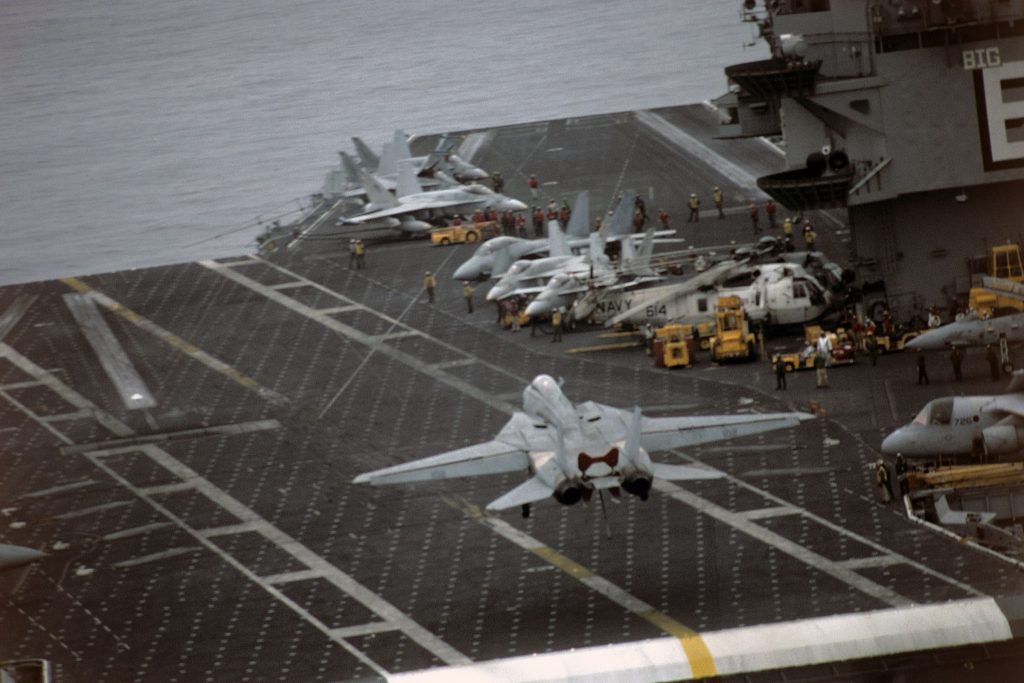
How does the take-off work?
Takeoff, by definition, is the maneuver by which an aircraft leaves the ground, in this case from the deck of an aircraft carrier. On normal asphalt runways, without the aid of external mechanisms and relying only on the engines, even with the afterburners activated, the normal take-off space is of the order of hundreds of meters. The take-off run depends on the type of aircraft and its configuration. On aircraft carriers, the steam catapult is used to launch an aircraft up to take-off speed.
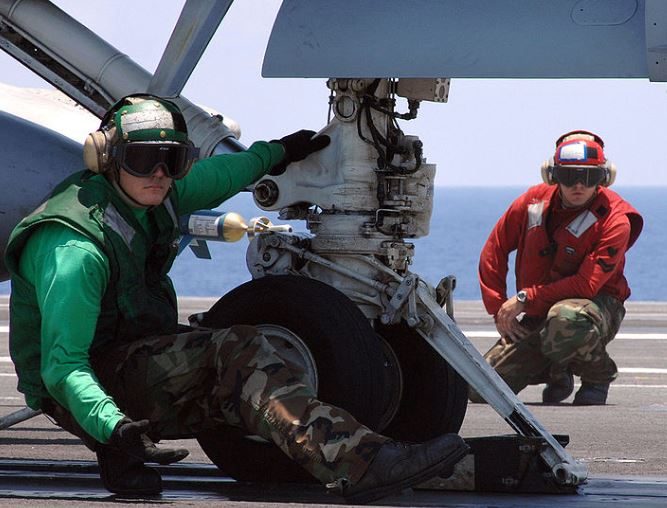
The launch system consists of a groove made on the flight deck, inside which there is an aircraft coupling system capable of accelerating the aircraft until it reaches high speeds. The nose gear of the aircraft is connected to the device in the furrow and the entire aircraft is launched at a speed sufficient for take-off from the ship. Behind the aircraft a panel rises to protect the deck from the exhaust of the powerful engines.
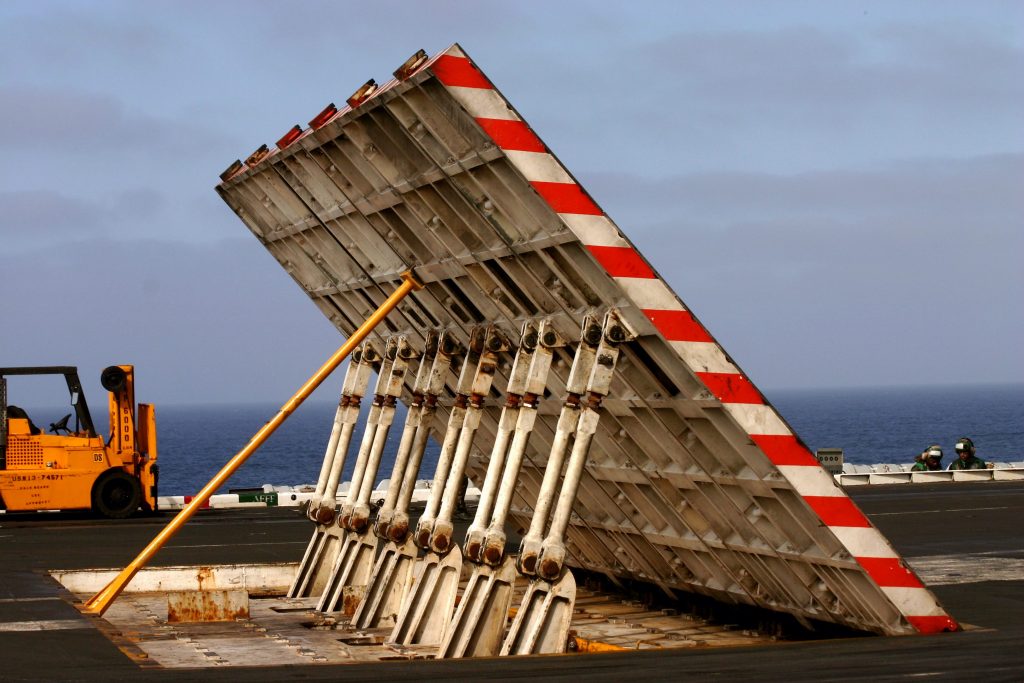
To create the “catapult” effect, a steel bar is used which remains attached to the nose gear of the plane to be launched. Upon take-off, latches are released – which in turn release a piston inserted into a pressure circuit where steam had been accumulated. The piston moves and the aircraft reaches a speed sufficient for takeoff in 4 seconds.
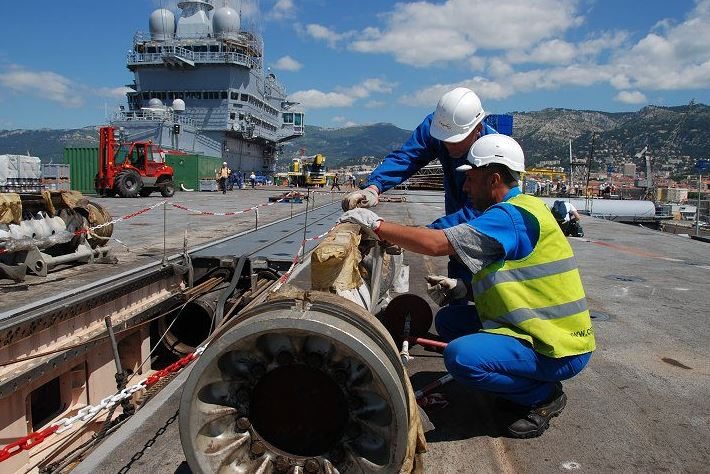
The development of the first steam catapults dates back to the early 1930s, when the first reconnaissance planes were launched from the deck, such as seaplanes. At the time, there were no recovery systems for the aircraft, which were hoisted from the sea after their landing.
With the development of the aircraft and with the consequent increase in the weight of the aircraft, a more performing system was necessary to be able to launch the aircraft. Starting from 1950, the first steam catapults of modern conception began to be used, similar to those used to this day on major aircraft carriers. The first military ship to be equipped with a steam catapult of this type was the English HMS Perseus.
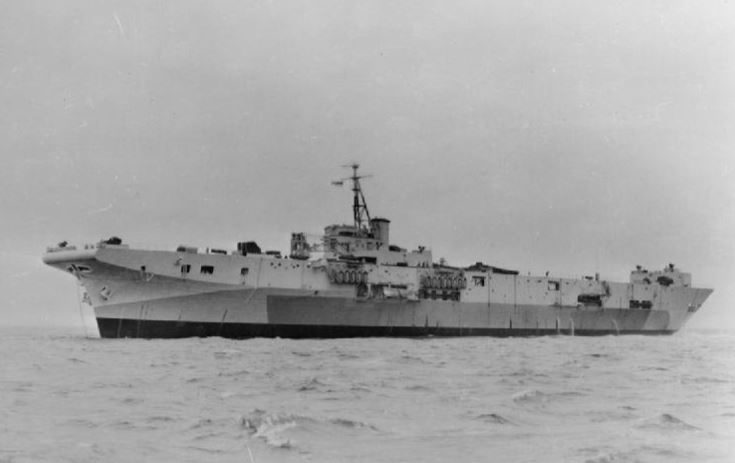
How does the landing work?
Landing on the aircraft carrier is an extremely difficult and dangerous maneuver. For this particular phase of flight, pilots perform numerous exercises in any light condition. It is also extremely stressful, both for the pilots and for the structure of the aircraft itself: it goes from over 200 km / h to 0 km / h in just a few tens of meters, with a very strong deceleration – and it is precisely for this reason the pilots they must be well trained.
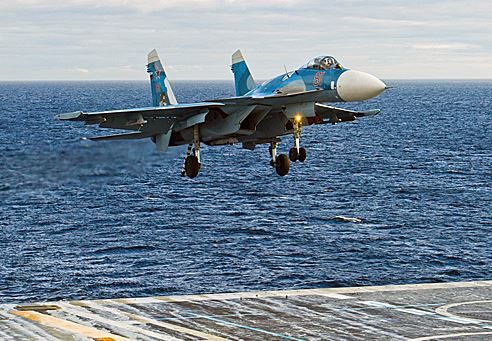
The system used today in most aircraft carriers is the stop cable which is hooked by the tail hook of the aircraft during the docking phase. The operation is very simple: the pilot in the approach phase releases the hook (present on board the aircraft). Up to three equidistant cables are stretched across the deck at a certain distance from the stern. To stop the aircraft, the pilot must therefore “grab” one of the three cables and, if they are missing, it would be necessary to repeat the maneuver.
At the moment of coupling, the energy of the plane’s motion is transferred to the cable, which through pulleys (usually lateral) sends it back to the stopping motor, dissipating it. When the docking bracket and cable are pulled by the aircraft, the shutdown motor is activated ensuring a “soft” landing for the aircraft. At the end of this maneuver the pilot detaches the tail hook from the bracket and the cable returns to the extended position.
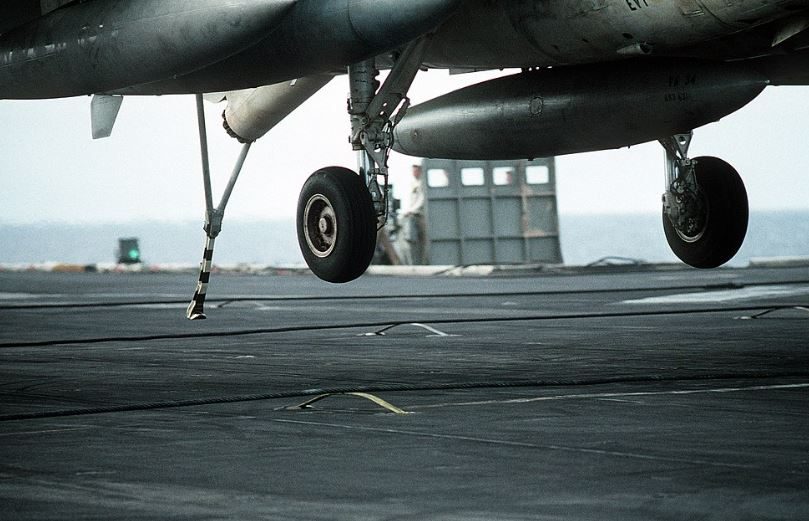
An aircraft landing on an aircraft carrier holds the engine at approximately 85% of maximum power. If the cable stops the plane, the pilot turns off the engine and releases the cable, otherwise he makes a go-around, having enough power to continue the ride on the bridge he can regain altitude, make a new turn and repeat the landing. The modern aircraft carriers of the U.S. Navy use Mark 7 Mod 3 cables which have the ability to stop a 22,000kg aircraft at speeds of 240km / h in a space of 104m.
The “cable + hook” technique was used as early as 1911, but it was only with the development of increasingly heavier and more performing aircraft that this technology began to be used: after the Second World War this system was adopted by most aircraft carriers, in place of the previously existing barriers or barricades.
Ah, quoting Top Gun once again, let’s remember that for an F-14 Tomcat the take-off run is 465m, while to land it needs 785m of runway. On an aircraft carrier, it performs these maneuvers within a few tens of meters.
